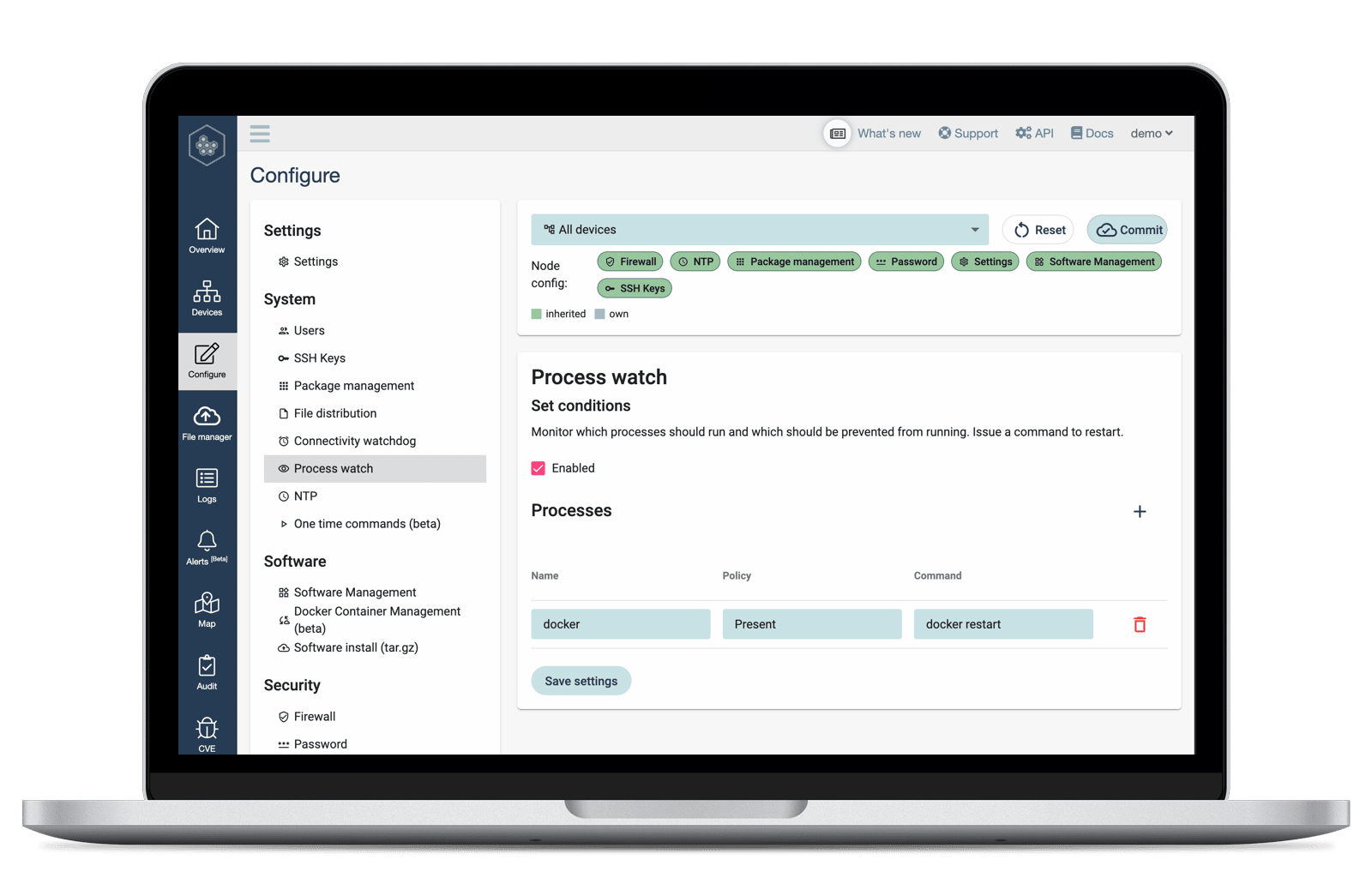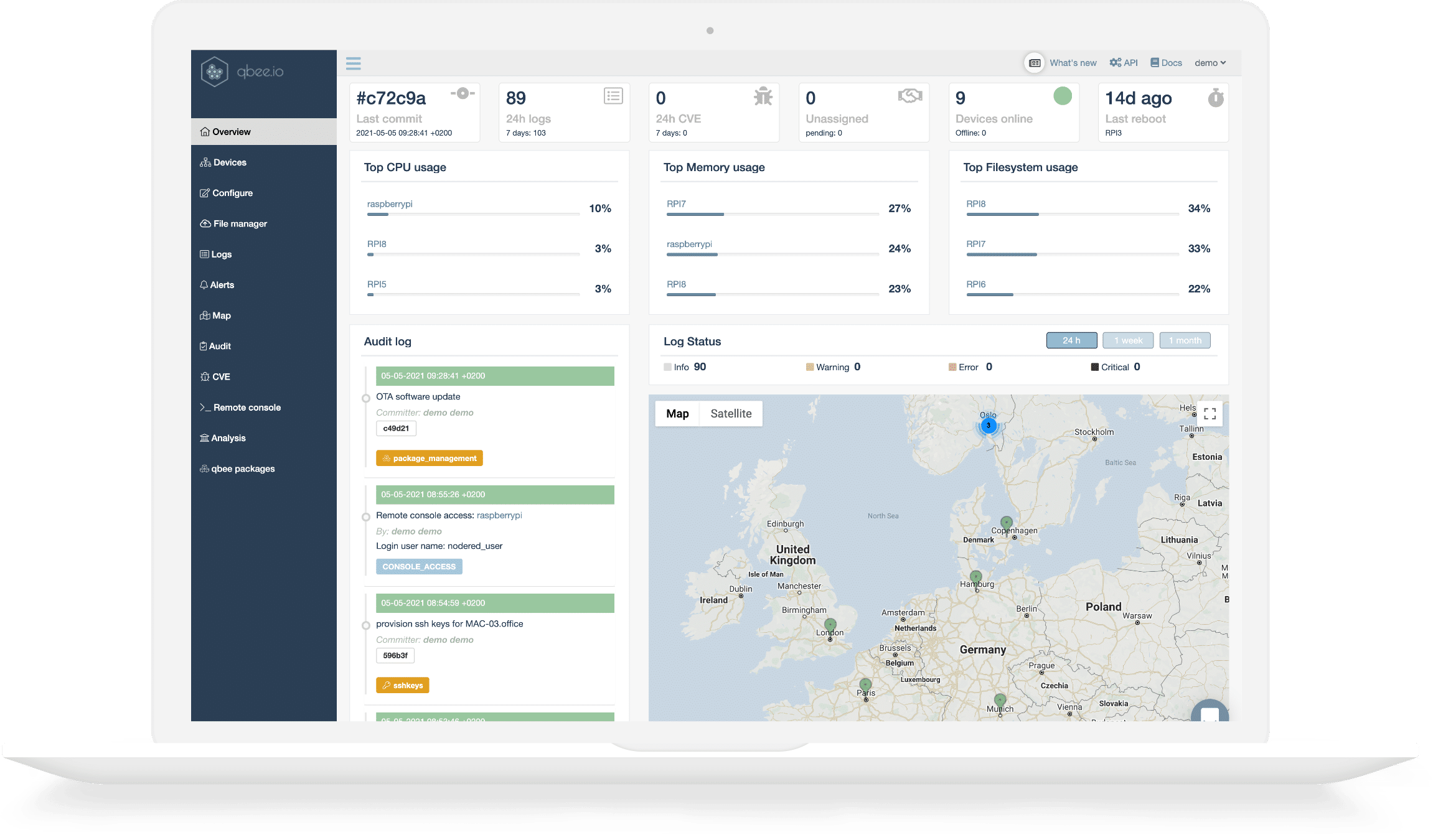Listen up, tech enthusiasts and digital wizards. If you’re diving into the world of IoT (Internet of Things), you’ve probably realized that managing all those connected devices isn’t as simple as plugging them in and hoping for the best. IoT configuration management tools are the unsung heroes of this interconnected universe, keeping everything running smoothly without a hitch. So, buckle up because we’re about to deep-dive into what these tools are, why they matter, and how they can revolutionize the way you manage your IoT ecosystem.
Imagine this: you’ve got hundreds, maybe even thousands, of devices all chatting with each other, sharing data, and performing tasks. Sounds chaotic, right? Well, that’s where IoT configuration management tools come in. These tools are like the traffic cops of the digital world, ensuring that every device knows its role and follows the rules. Without them, your IoT network could descend into chaos faster than you can say "smart toaster."
But here’s the kicker: not all tools are created equal. Some are better suited for specific industries, while others offer features that make them stand out from the crowd. In this article, we’ll break down everything you need to know about IoT configuration management tools, from the basics to the best practices, so you can make an informed decision. Let’s get started!
Read also:Tyler Nixon Height The Real Deal Behind His Stature
What Exactly Are IoT Configuration Management Tools?
Alright, let’s cut to the chase. IoT configuration management tools are software solutions designed to help you manage, monitor, and maintain the configurations of all the devices in your IoT network. Think of them as your digital Swiss Army knife—ready to tackle any challenge that comes your way. These tools ensure that every device in your network is configured correctly, securely, and efficiently, reducing the risk of downtime and improving overall performance.
Here’s a quick rundown of what these tools typically do:
- Automate the process of configuring devices, saving you time and effort.
- Monitor device settings in real-time, alerting you to any changes or issues.
- Ensure compliance with industry standards and security protocols.
- Provide detailed reports and analytics to help you optimize your network.
Now, why should you care? Well, as the number of IoT devices continues to grow exponentially—reaching 25.4 billion by 2030 according to Statista—managing them manually just isn’t feasible. IoT configuration management tools are your ticket to scaling your IoT operations without losing control.
Why Are IoT Configuration Management Tools Essential?
Let’s face it: IoT is no longer a buzzword—it’s a reality that’s shaping industries from healthcare to manufacturing. But with great power comes great responsibility, and that responsibility lies in ensuring your IoT network is secure, efficient, and reliable. That’s where IoT configuration management tools step in, offering a range of benefits that make them indispensable.
First off, they save you time. Instead of spending hours manually configuring each device, these tools automate the process, allowing you to focus on more strategic tasks. Plus, they reduce the risk of human error, which can be a major headache when dealing with complex networks.
Secondly, they enhance security. With cyber threats on the rise, having a tool that ensures all your devices are configured securely is a game-changer. These tools can detect and fix vulnerabilities before they become a problem, keeping your network safe from prying eyes.
Read also:Fast And Furious Actors The Ultimate Guide To The Speed Demons Of Cinema
Key Features to Look For
Not all IoT configuration management tools are created equal, so it’s important to know what to look for. Here are some key features to keep an eye out for:
- Automation: The ability to automate device configuration and updates is a must-have.
- Real-Time Monitoring: Being able to monitor device settings in real-time can help you catch issues before they escalate.
- Compliance Management: Ensuring your network complies with industry standards and regulations is crucial.
- Scalability: As your IoT network grows, your tools need to grow with it.
These features not only make your life easier but also ensure that your IoT network is running at peak performance.
Top IoT Configuration Management Tools to Consider
Now that you know why these tools are essential, let’s talk about some of the best options out there. From open-source solutions to enterprise-grade platforms, there’s something for everyone. Here are a few tools worth considering:
1. Ansible
Ansible is a popular choice for IoT configuration management, thanks to its simplicity and power. It uses a simple YAML-based syntax, making it easy to learn and use. Plus, it’s agentless, meaning it doesn’t require software to be installed on the devices it manages. This makes it ideal for large-scale IoT networks where minimizing overhead is key.
2. Puppet
Puppet is another powerhouse in the IoT configuration management space. It offers a robust set of features, including automated configuration, compliance management, and real-time monitoring. While it may have a steeper learning curve than some other tools, its capabilities make it worth the effort.
3. Chef
Chef is all about infrastructure as code, allowing you to define your device configurations in code and manage them like any other software project. This approach offers flexibility and scalability, making it a great choice for organizations with complex IoT networks.
4. Cisco IoT Control Center
For those in the enterprise space, Cisco’s IoT Control Center is a top contender. It offers a comprehensive suite of features, including device management, data analytics, and security. Its integration with other Cisco products makes it a seamless choice for organizations already using Cisco solutions.
How to Choose the Right IoT Configuration Management Tool
With so many options available, choosing the right IoT configuration management tool can feel overwhelming. But don’t worry—we’ve got you covered. Here are a few steps to help you make the right decision:
First, consider your specific needs. Are you looking for a tool that focuses on automation, security, or scalability? Identifying your priorities will help narrow down your options.
Next, evaluate the features offered by each tool. Does it have the capabilities you need? Is it easy to use? Does it integrate with your existing systems? These are all important questions to ask.
Finally, don’t forget to consider cost. While some tools may offer more features, they may also come with a higher price tag. Make sure the tool you choose fits within your budget and provides value for money.
Factors to Consider
Here’s a quick checklist to help you evaluate IoT configuration management tools:
- Automation capabilities
- Security features
- Scalability
- Integration options
- User-friendliness
- Cost
By keeping these factors in mind, you’ll be able to find a tool that meets your needs and helps you achieve your IoT goals.
Best Practices for Implementing IoT Configuration Management Tools
Having the right tool is only half the battle. To get the most out of your IoT configuration management solution, you need to implement it correctly. Here are some best practices to follow:
Start with a clear plan. Define your objectives, identify the devices you need to manage, and determine how you’ll measure success. This will give you a solid foundation to build on.
Next, invest in training. Make sure your team understands how to use the tool effectively. This will not only improve efficiency but also reduce the risk of errors.
Finally, regularly review and update your configurations. IoT networks are dynamic, and what works today may not work tomorrow. Staying on top of changes will ensure your network remains secure and efficient.
Common Pitfalls to Avoid
While implementing IoT configuration management tools, there are a few common pitfalls to watch out for. One of the biggest is neglecting security. Just because a tool offers security features doesn’t mean you can set it and forget it. Regularly updating and patching your devices is crucial.
Another pitfall is underestimating the importance of scalability. As your IoT network grows, your tools need to grow with it. Choosing a tool that can handle your future needs will save you time and money in the long run.
IoT Configuration Management Tools and Security
Security is a top concern when it comes to IoT, and configuration management tools play a critical role in ensuring your network is protected. These tools can help you implement security best practices, such as encrypting data, using strong authentication methods, and regularly updating firmware.
But security isn’t just about the tools—it’s also about the mindset. Encourage a culture of security within your organization, where everyone understands the importance of protecting your IoT network. This includes training employees on best practices and regularly reviewing security protocols.
Top Security Features to Look For
When evaluating IoT configuration management tools, here are some key security features to look for:
- End-to-end encryption
- Multi-factor authentication
- Regular security updates
- Vulnerability scanning
By choosing a tool with these features, you’ll be well on your way to securing your IoT network.
Future Trends in IoT Configuration Management
As IoT continues to evolve, so too will the tools used to manage it. One trend to watch is the increasing use of artificial intelligence (AI) and machine learning (ML) in configuration management. These technologies can help automate more complex tasks, such as predicting and preventing device failures.
Another trend is the rise of edge computing. By processing data closer to the source, edge computing can reduce latency and improve performance, making it an attractive option for IoT networks.
Finally, expect to see more emphasis on security. As cyber threats become more sophisticated, IoT configuration management tools will need to keep pace, offering advanced security features to protect your network.
How to Stay Ahead of the Curve
To stay ahead of the curve, keep an eye on industry trends and regularly update your tools and processes. Attend conferences, read industry publications, and engage with online communities to stay informed. The more you know, the better equipped you’ll be to navigate the ever-changing world of IoT.
Conclusion: Taking Your IoT Network to the Next Level
IoT configuration management tools are the backbone of any successful IoT network. They offer a range of benefits, from saving time and reducing errors to enhancing security and scalability. By choosing the right tool and implementing it correctly, you can take your IoT network to the next level.
So, what are you waiting for? Dive into the world of IoT configuration management tools and discover how they can transform your operations. And don’t forget to share your thoughts and experiences in the comments below. We’d love to hear from you!
Table of Contents
What Exactly Are IoT Configuration Management Tools?
Why Are IoT Configuration Management Tools Essential?
Top IoT Configuration Management Tools to Consider
How to Choose the Right IoT Configuration Management Tool
Best Practices for Implementing IoT Configuration Management Tools
IoT Configuration Management Tools and Security
Top Security Features to Look For
Future Trends in IoT Configuration Management
How to Stay Ahead of the Curve



